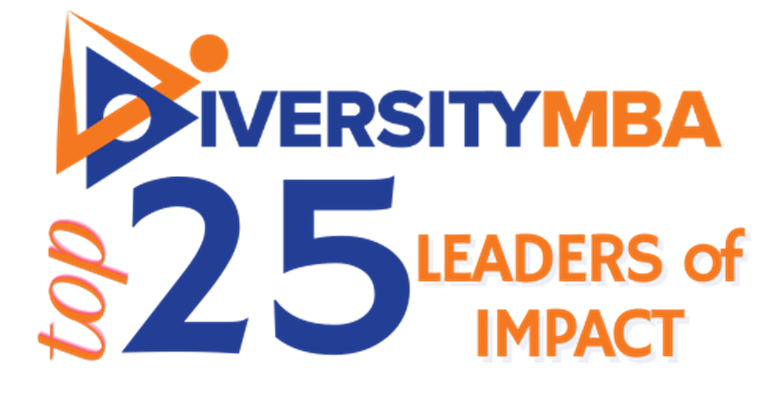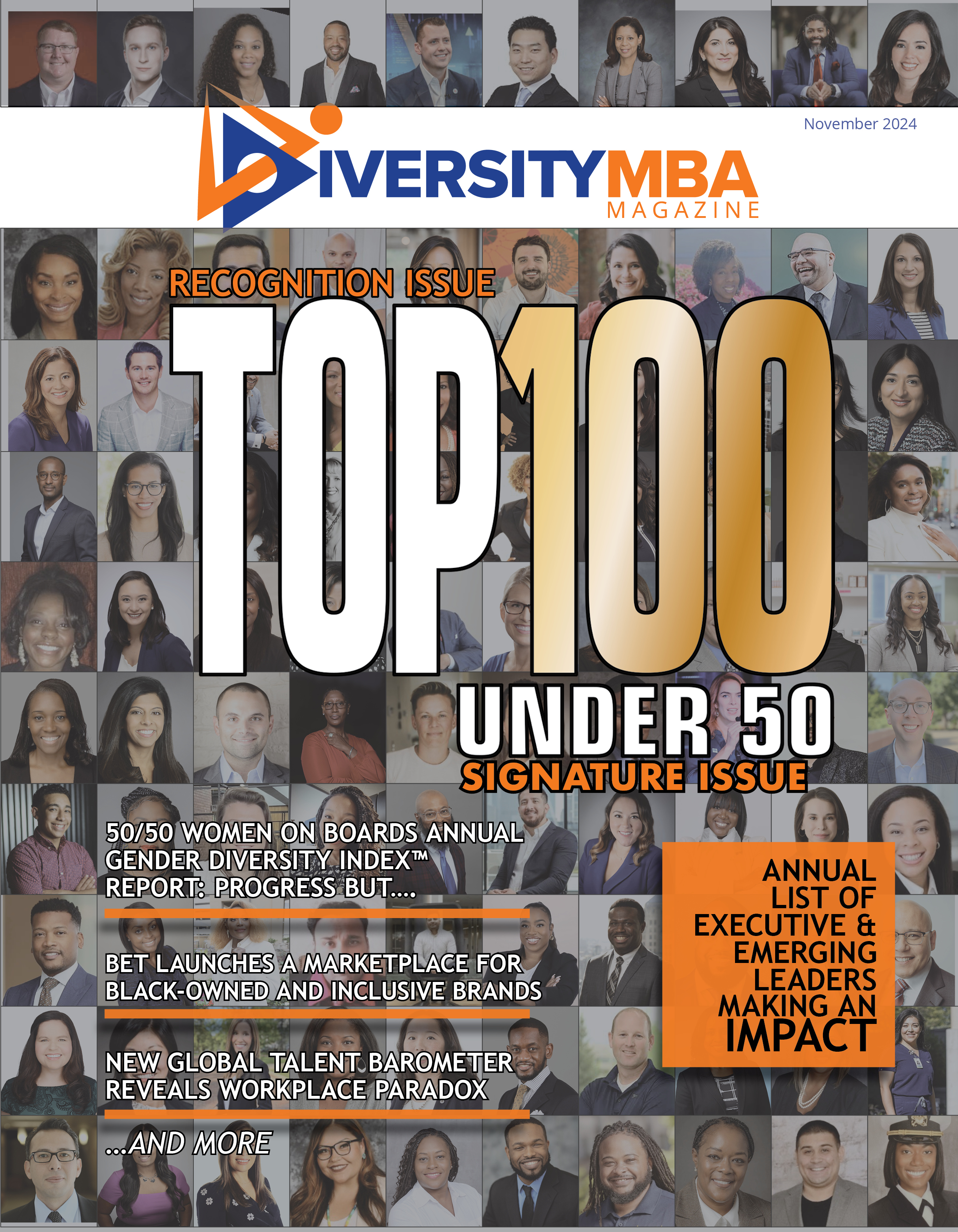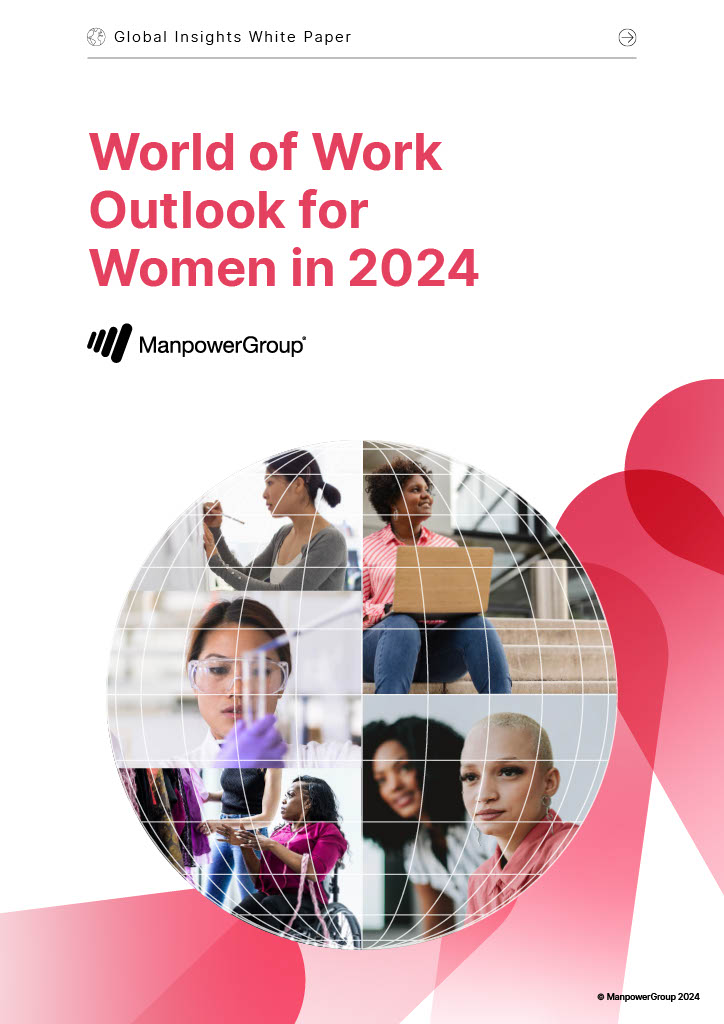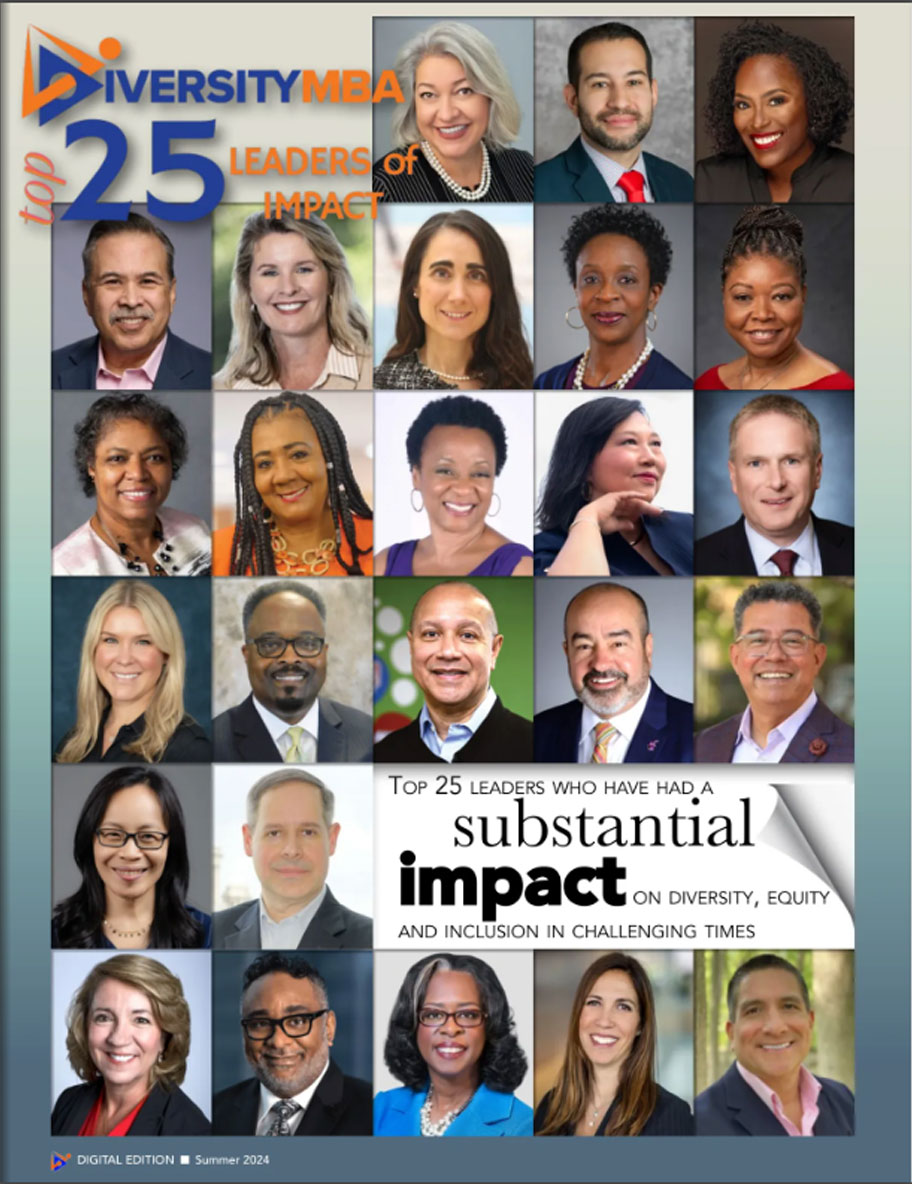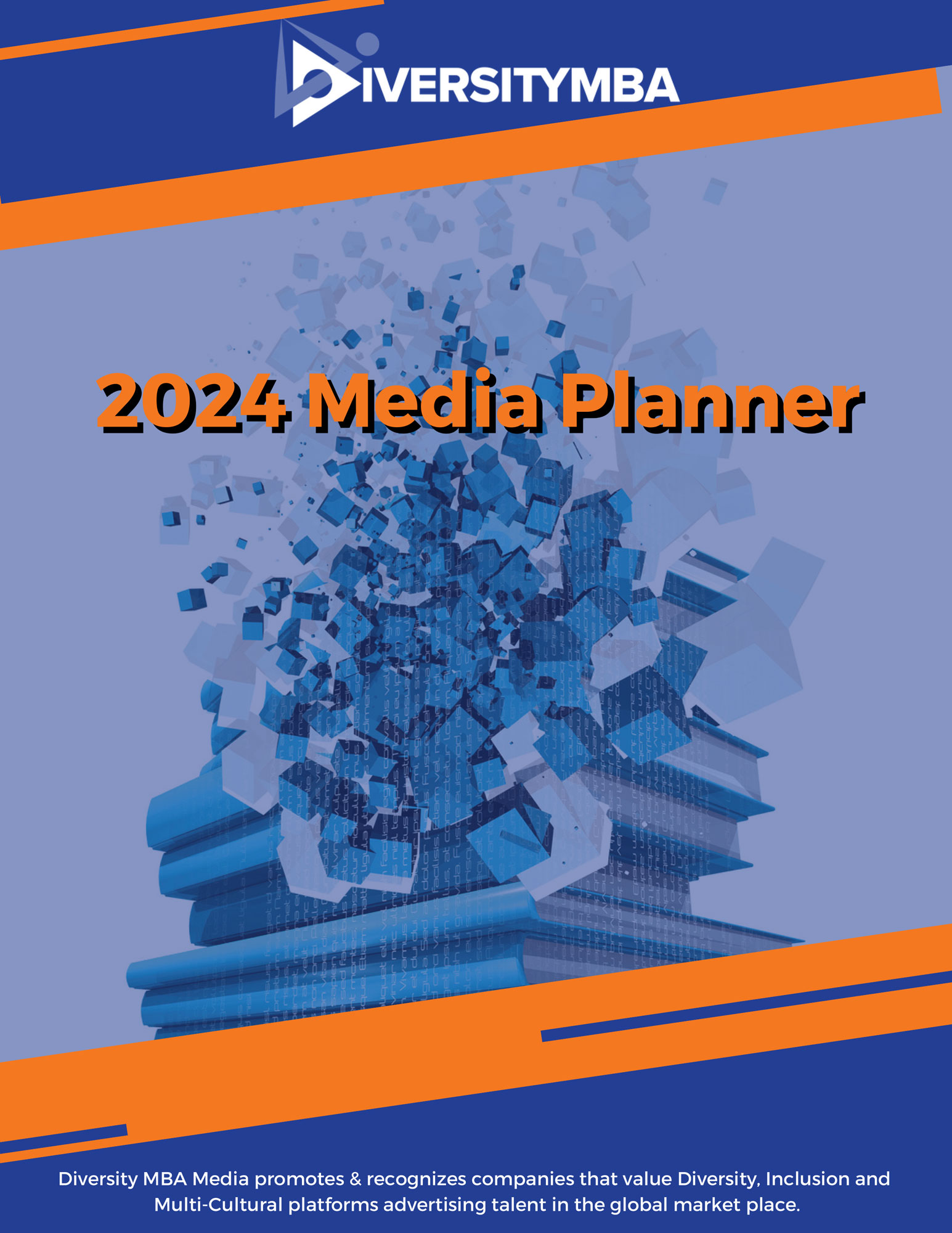On the occasion of the launch of our inaugural Top 100 Women of Influence issue, DiversityMBA magazine editor Dan Holly sat down with Pam McElvane, publisher of the
magazine and CEO of DiversityMBA.
Q: As a woman entrepreneur what are your greatest successes and most memorable obstacles you overcame?
A: I remember my greatest success is when we were having the most significant impact on people and in the marketplace with our programs. Fourteen years ago, we launched recognizing individuals and companies and for 5 straight years we doubled our growth because it was new to the market and very necessary to recognize progress of diversity and inclusion. As for obstacles, to be honest, what I remember is how often people said to me, “Your passion is amazing, and your resilience seems never ending.” For me, failure is not an option, so I viewed mistakes as learning opportunities. I always take the lesson and fi gure out what I must do be better. It is tough to hear people complain about something that was not done to their satisfaction, so I just chalk it up as a lesson learned; and a mistake not to repeat.
Q: What do you think about women being the fastest-growing entrepreneurial segment in the world?
A: Actually, almost 30 years ago the home-based business boom was created by women working at home, it is no surprise to me that women entrepreneurs continue to be the fastest-growing group. Moreover, with the displacement of women in jobs that do not allow them to care for their family, they create opportunities to be self-sufficient. Actually, women of color are the fastest-growing group with income from $100k to $300k. While under a million, they are able to sustain household and families.
Q: Do you think women of color are being forced out of corporate America because of the micro-inequities that exist in the advancement process?
A: Absolutely. Microinequities and microaggressions are manifested by negative micro messages that people with privilege may or may not be aware of in their own behavior. Imagine working with teams that, based on the color of your skin or your gender, consider you an outcast, because they have discomfort communicating with you. Even more than this, you actually have the appearance of women who have arrived and believe they should not be dealing with barriers of any kind at their level of influence. The reality is that at every stage or advancement, women — particularly women of color – are faced with microaggressions, embedded bias of the ingroups that simply make it difficult for them to belong. So, women of color do what they do best. Better prepared, more qualified and can compete at every level.
Q: White women are being promoted at a rate three times faster than any other group. What will it take for women of color to gain parity?
A: The reality is that white women are the largest group of women prepared and ready for advancement. It is even more skewed in industries with high percentages of women in their workforce. And industries that are nontraditional for women favor advancing white women first. It really is simple; people promote people that look like them. White men are more comfortable advancing white women. This has been the issue for decades. So, what are companies doing to combat this? They are examining their existing workforce to ensure women of color are provided opportunities; assigning mentors, sponsors, and requiring diverse slates. But intention with accountability is the only way change will happen.
Q: Along those lines, how effective are sponsors, mentors, and diverse slates? Do these initiatives really work?
A: Let me just put it this way, if you don’t formalize your sponsor and mentor programs then there is no accountability and no way to effectively measure success. If you have diverse slates without accountability at the hiring manager level, then expect the same old results. Nothing measured nothing gained. If people have no incentive to change, they won’t.
Q: Is it necessary for companies to formalize their executive development programs? If so, why?
A: Yes, I think they should formalize any development program if the intent is to prepare for the next level. Many of our Top 50 companies have a formalized program with cohorts of women and people of color. The really serious companies have made significant investment and so they yield significant impact and are experiencing the greatest return. They just doubled and tripled the participant rate in the programs with demonstrated proof of what can be done. This way, they promote more than 50 percent of the diverse talent that is ready to fill open executive positions. Companies that are serious about diversity and women of color making contributions establish practices, policies, and systems to ensure folks are rewarded for good behavior. As you know, numerous studies show how well companies do with diverse leaders. Our research demonstrates this as well. They work. Just read the stories our women of influence.
Q: In today’s environment, with more and more industries acting to improve race relations, are they being reactive to diversity and inclusion to just survive? Or are they really trying to change?
A: Without reexamining the many issues with America’s response to the pandemic, I will say companies are just being forced to deal with issues that have been covered for many years. Inequities among the underrepresented groups, like African American and Latino populations, were just manifested by the lack of public health available to all. I believe most of our health-care systems wanted to truly respond, yet in reality the health-care industry has been focused on population health for many years within their communities and in their hospitals. Are they trying to change? Well, if not, they will feel the impact of doing nothing. As for corporate America and race relations, they responded with CEO action pledges, town halls, courageous conversation explosion, listening sessions, leader empathy training, and much more. We are booked through November with training and facilitation. It is a huge opportunity to see change in diversity. The question is, will the ones that create sustainable platforms with resources to help drive change to action will end up stronger in the end?
Q: What does sustainable change look like for women, specifically women of color? Can they count on the actions their companies are making today?
A: We really don’t have time to discuss what sustainable change looks like for women, but I will say this. If companies have an established pipeline of smart and capable women as shown in this issue they will be prepared for the new normal. I caution any woman not to sit back and wait to see what happens next. I believe this climate has provided an opening for honest dialogue around advancement opportunities within organizations. It is a good time to call it out either good or not so good. The intention should be how do we make if more effective.

